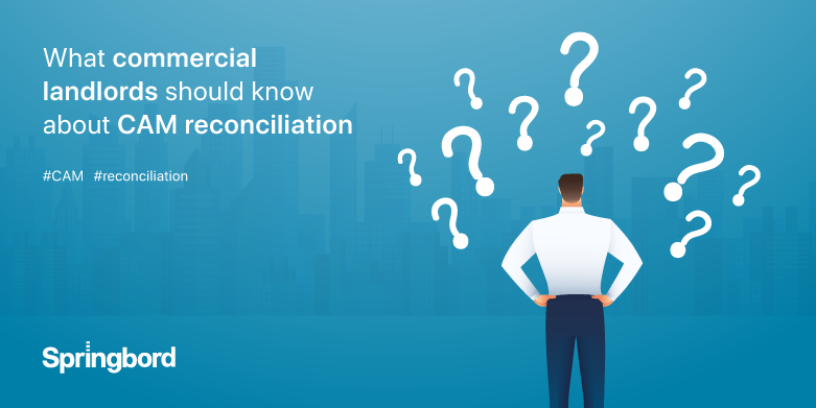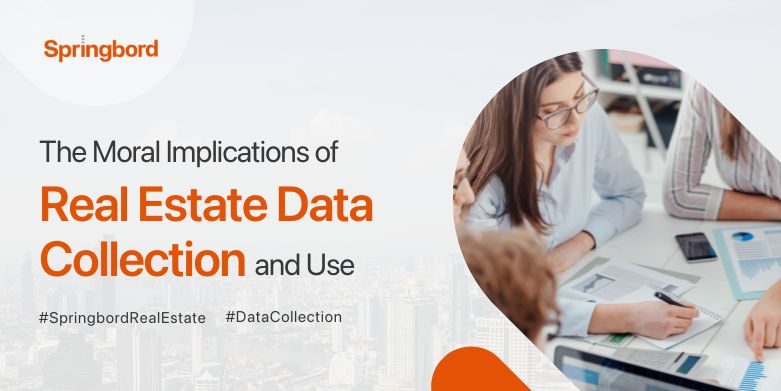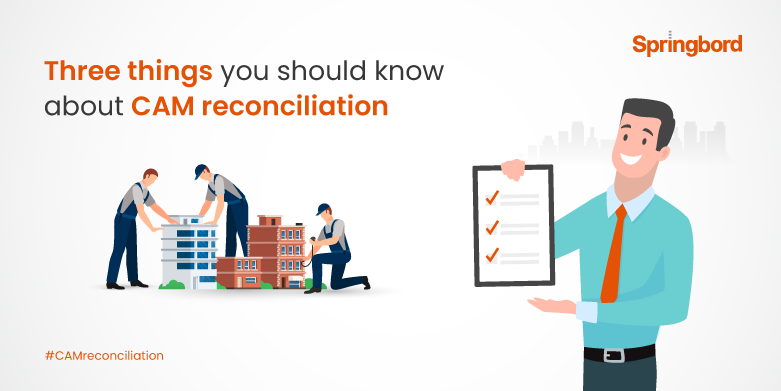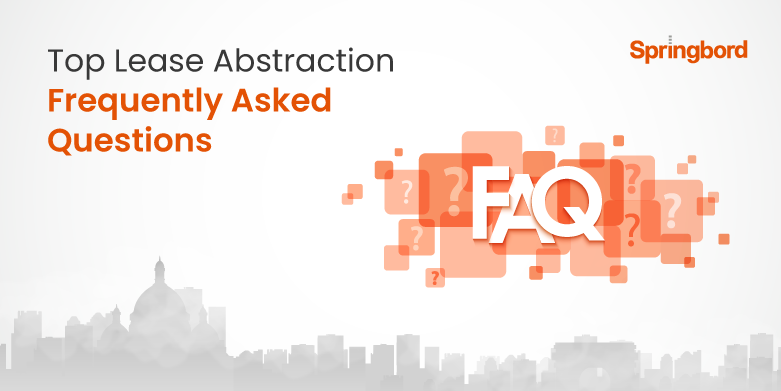 Read time 4 min
Read time 4 minAt the end of the year as the CAM fee is calculated the landlords usually end up in a confused state wondering if the tenants still owe them for certain charges, has the calculations have been done accurately, or do they owe the tenants instead.
CAM is a common area utility fee that every property owner charges the tenants. The landlords must not skip the CAM reconciliation process as it is a part of the contract and the tenants are obliged to take part in this responsibility.
The CAM charging manner may differ in the case of type and different properties, at times the CAM fee is included in the lease as a standard fee along with the rent. CAM is calculated based on the ratio occupied by the tenant, the CAM is collected monthly as per the agreement, and the reconciliation when it takes place at the end of the year determines the actual expenses and then the amount is adjusted accordingly.
What is an operating expense?
CAM or common area maintenance is one of the nets of the triple Ns (NNN) of the operating expenses included in the property.
The operating expense includes:
- Common area maintenance consists of a management fee, security fee, common area utility fee, and property maintenance fee
- Property taxes
- Property insurance
Every property has common areas like lobby, parking, etc. The CAM charge sheet will differ from the type of properties, for example, typical office leases have full service or gross included in their lease which means these services are inbuilt in the base rent of the tenant. Some of the lease agreements allow the landlords to charge any increase in the expenses in the base year (the year the tenants move in) after the end of the base year these kinds of increased expenses are charged separately from the tenants in addition to the base rent as per the agreed schedule.
Can single tenants pay for everything?
In case a tenant rent the entire building they are solely responsible for the CAM expenses and the landlord has to decide how much power they’d like to retain over those expenses. This way of payment structure usually includes the types below:
- The NN: This lets the tenant pay for CAM’s property maintenance and the landlord pays for the taxes and insurance which makes sure the taxes are paid on time and the insurance stays active.
- The NNN: Here the landlord pays for the exterior maintenance and has more control over the roof maintenance and landscape while the tenant pays the bill in CAMs.
- The absolute net: In this kind of net the landlord pays for the entire property expense and there is no need for CAM reconciliations.
What does not count as operating expense?
Not every expense can be counted under the term “operating expenses” the common area amenities at times don’t come under this and every utility might not be useful for all the tenants. In retail and industrial properties, the tenants are responsible for their own interior maintenance which cannot be held under CAM and any repair that the landlord does for tenants is billable only to that particular tenant. Mainly the capital expenditures are excluded but the changes are allowed over time with circumstances.
The terms above the line and below the line in the operating expense structure are thrown around quite often, to make it clear, above the line stands for the operating and below the line stands for non-operating expenses. The landlords make sure they list the billables accurately for the CAM charges and at times the landlords might allow tenants to access audits so that they know what they are paying for, in such cases the landlord remains accountable in case of errors in the calculations.
If there seems to be an error according to the tenant the landlord can check the audit and have a piece of knowledge about if the accusations are valid. An audit helps both parties to enjoy transparency, hence, it is a safe investment.
Should landlords put fee limits?
The tenants at times ask the landlords to put a semi-permanent margin on the charges which is not always advisable for the landlords to agree on. If the payables can be controlled they can be agreed upon but usually, the expenses aren’t always controllable, for example, water usage, etc. Agreeing on these demands without a thorough thought can lead to having a shortage in payment amount and then the landlord ends up paying from their own pockets.
In case the property owner agrees to it, there must be limitations on the fee limit. The lease must include clear points on how the limits will be set and how it can only be permitted to a certain extent due to the valid reasons that won’t allow it.
CAM reconciliations
The CAM reconciliations at the end of the year create a report of all the expenditures which makes common area management everyone’s cup of tea. This requires hiring a CAM reconciliation service partner as it’s cost-effective and best when outsourced because of all the extra requirements that pop up when you build your own team.
The hassle is not worth it, for there are other important tasks that need attending, leave the CAM reconciliation to the outsourcing partner as they have the team and tools to handle it all the way.
Springbord provides CAM reconciliation services that are of top quality, our team and technology follow CAM every step of the way. It is a cost-effective and productive solution that makes the landlord’s role easier. We make you audit-ready and our strategies deliver the best results leading to better business performance and decision making with our flexible service system.







